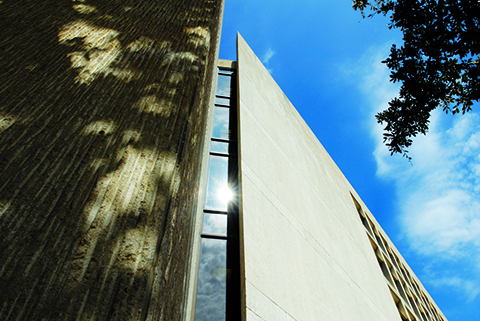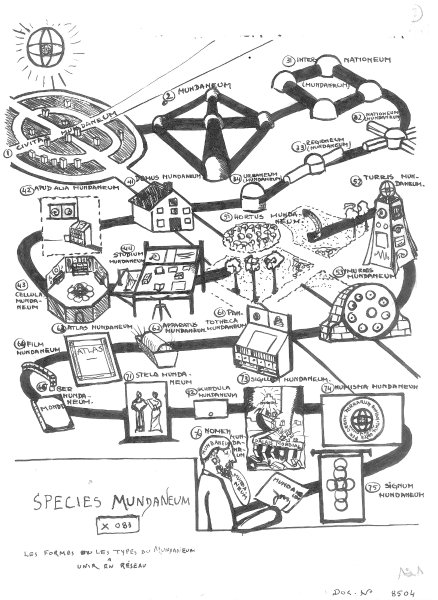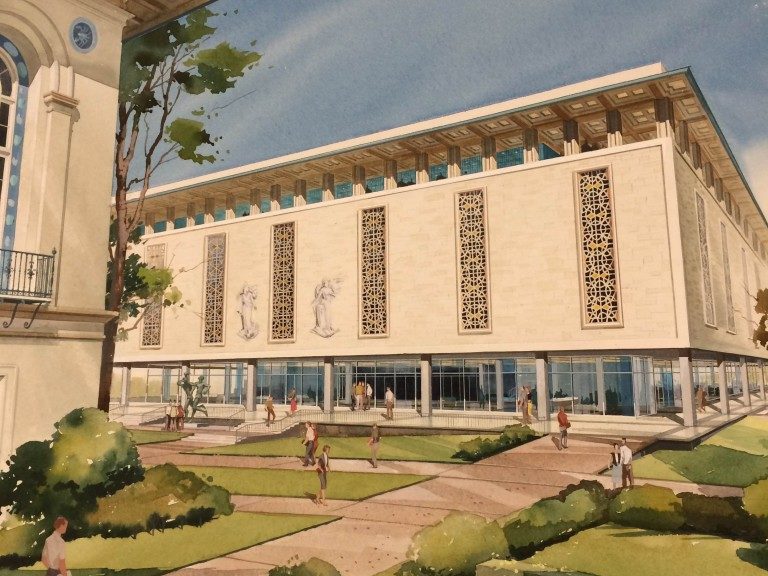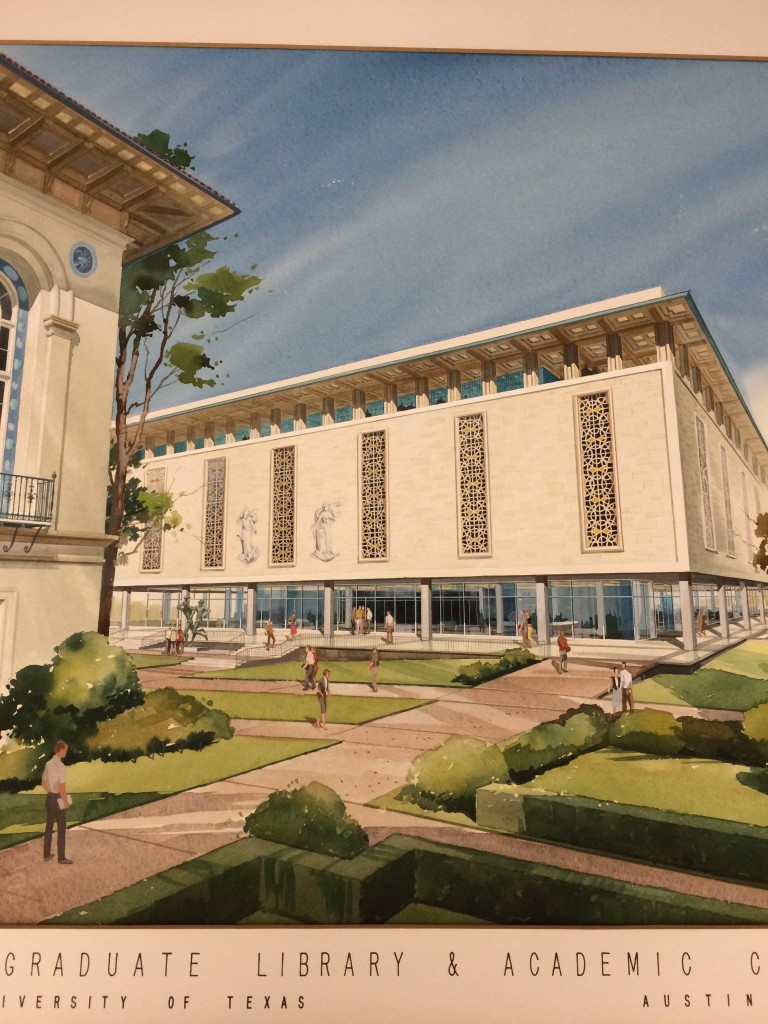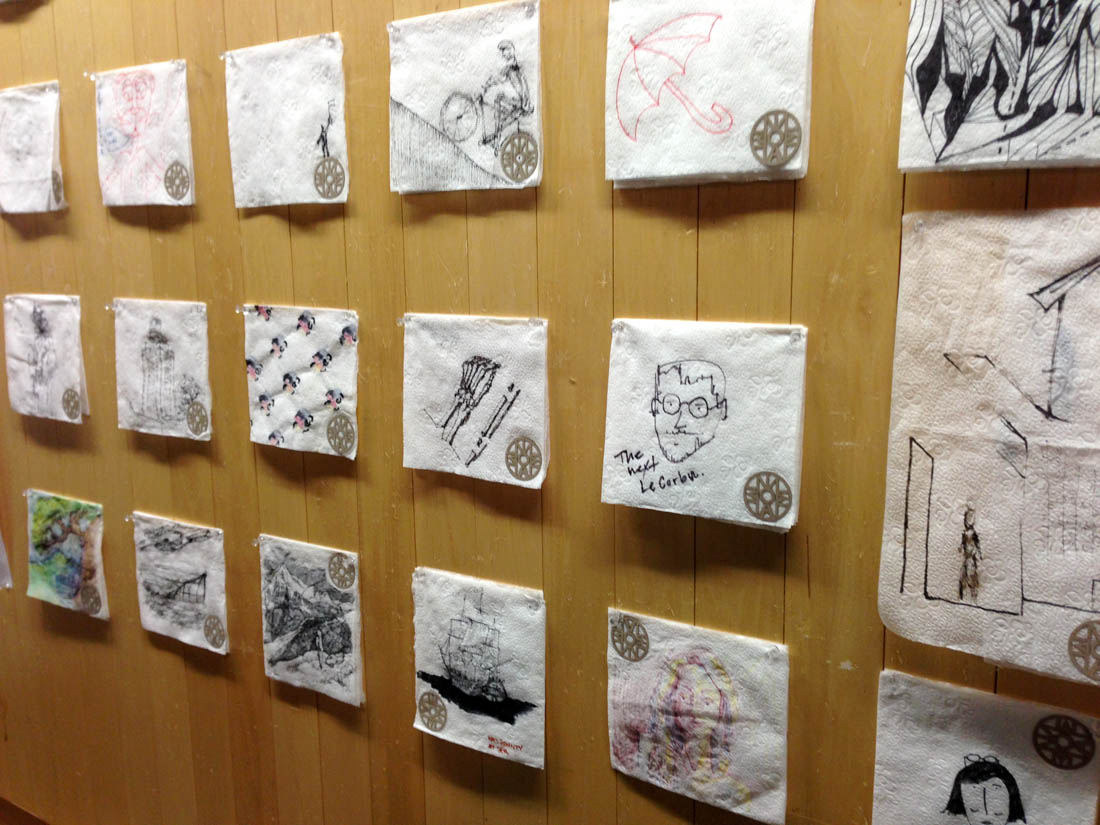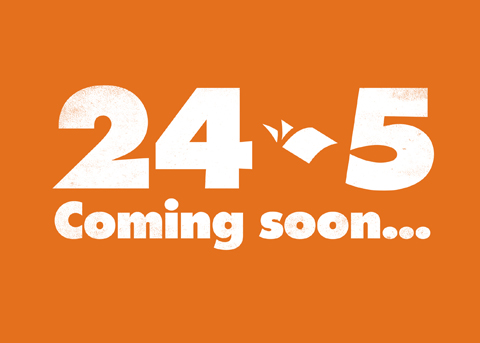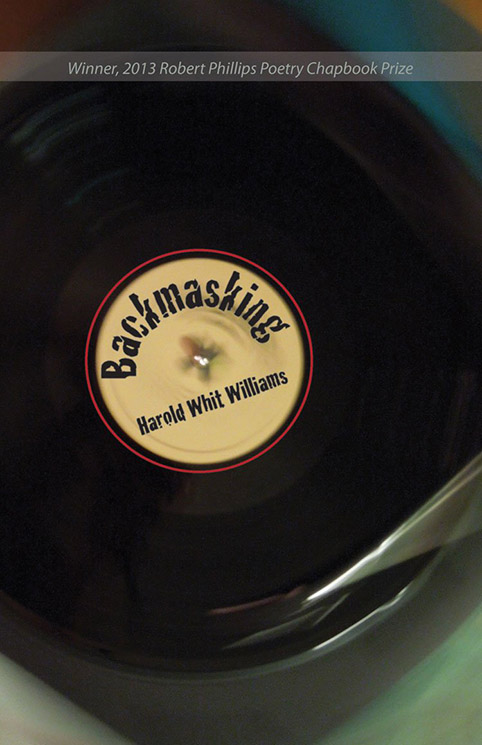
One wouldn’t necessarily expect to find a poet in the stacks of a science library, but then again, creativity often occurs in the least anticipated of places.
The Life Science Library boasts among its staff a prize-winning poet, as Library Specialist Harold Whit Williams has garnered praise for his work, which is both a catalog of his experience as a musician, and reflective of his southern heritage. His most recent collection of poems, Backmasking, earned Williams the 2013 Robert Phillips Chapman Poetry Chapbook Prize from Texas Review Press, and his poem “Blues Dreams,” received the 2014 Mississippi Review Poetry Prize.
In some ways, it would seem to make perfect sense that Williams would understand the finer points of cadence and pentameter — he’s also the guitarist for notable Austin pop band Cotton Mather.
Williams’ first collection of poetry, Waiting For The Fire To Go Out, was published by Finishing Line Press, and his work has appeared in numerous literary journals.
Whit kindly indulged a line of questioning about his poetry, his music and his life at the Libraries.
![]()
When did you start writing poetry? Was it an outcropping of your music?
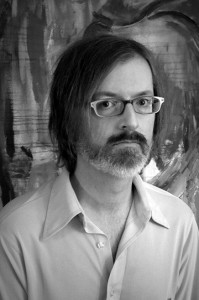
Harold Whit Williams: I’ve been writing poetry off and on since college days, but started giving serious attention to it, and publishing, now for about seven years.
Strange, but poetry is a totally separate thing to me from songwriting. As a guitarist first, my songs, or the guitar parts I play in Cotton Mather, happen musically first. Then lyrics come later. But with poetry, it’s all wordplay from the get-go, and the musicality in the words themselves tend to direct where I go in a poem.
Does the inspiration for poetry and music come from the same place, even though the jumping off point is different? Or are they driven by different urges?
HWW: Good question. What makes me plug in an electric guitar and make loud horrendous noise has to come from a much different urge than the one making me get to a quiet place, alone, to jot down a poem. Continue reading A Poet in the Science Library

